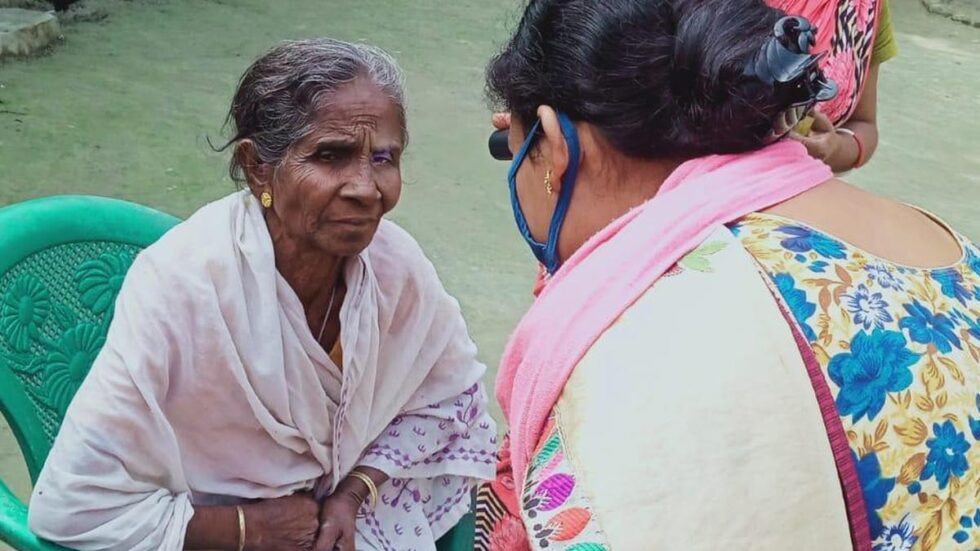
GUWAHATI
A global project partnered by the World Health Organization (WHO) to combat refractive errors will soon be implemented in Assam.
SPECS 2030 or Strengthening Provision of Eye Care Services project, the WHO’s first at a large scale in South Asia and Southeast Asia, aims to address the need to combat refractive errors, the leading cause of vision impairment affecting over 2.2 billion people globally.
At least 800 million of such people have conditions that can be corrected with reading glasses, a joint statement from the WHO, the Assam government, and the Guwahati-based Sri Sankaradeva Nethralaya (SSDN) said on Wednesday (November 20, 2024).
The project is a collaboration of the WHO, the National Health Mission, the Assam government, and the SSDN. Its service delivery model, titled ‘Integrated People-Centred Eye Care’, will be based on the SSDN’s community service framework and is envisioned to serve as a prototype within the WHO’s global initiatives, the statement said.
“We have organised a workshop on November 21 and 22 where senior officers of the WHO headquarters in Geneva and elsewhere, key officials from the governments of India and Assam, and prominent leaders in community and preventive ophthalmology across the country, apart from members of the Global SPECS network are expected to participate,” an SSDN spokesperson said.
“Together, an action plan will be devised for the successful rollout of this pioneering community-based public health initiative. The project will initially focus on saturating refractive care services in three districts — Kamrup, Morigaon, and Nagaon — before expanding the model,” she said.
A WHO official said only 36% of individuals with refractive errors currently have access to appropriate spectacles, leaving a significant majority underserved, particularly in low- and middle-income regions. This lack of access not only impairs quality of life but also imposes a massive economic burden, with vision-related productivity losses estimated at $411 billion annually.
The SSDN innovated and adopted a community-centric approach, which facilitated grassroots-level screening and transportation to base hospitals, and shouldered the entire treatment cost for patients. However, “limitations of opportunistic outreach services” in terms of spectacle delivery, coverage, and post-surgery monitoring made the ophthalmology-specific healthcare institution pivot towards a hospital-based community eye care programme through its pilot project at Sonapur, about 30 km east of Guwahati.
The initiative included village adoption, enumeration, and screening, aiming to cover 100% of the population in the adopted villages. “Through the SPECS 2030 programme, WHO and SSDN aim to establish a scalable and sustainable healthcare model that can be initiated across India and the world, contributing to better health outcomes and improved quality of life for millions of people in the process,” the spokesperson said.






